-
 Bitcoin
Bitcoin $107,443.3008
-1.17% -
 Ethereum
Ethereum $2,494.2503
-0.63% -
 Tether USDt
Tether USDt $1.0003
0.00% -
 XRP
XRP $2.2496
2.23% -
 BNB
BNB $658.7569
0.63% -
 Solana
Solana $154.9826
1.94% -
 USDC
USDC $1.0000
0.01% -
 TRON
TRON $0.2799
1.07% -
 Dogecoin
Dogecoin $0.1659
-1.78% -
 Cardano
Cardano $0.5745
0.25% -
 Hyperliquid
Hyperliquid $39.7005
0.13% -
 Bitcoin Cash
Bitcoin Cash $519.5989
3.78% -
 Sui
Sui $2.7874
-2.40% -
 Chainlink
Chainlink $13.3762
-1.69% -
 UNUS SED LEO
UNUS SED LEO $9.0784
-0.64% -
 Avalanche
Avalanche $17.9846
-2.81% -
 Stellar
Stellar $0.2390
-0.06% -
 Toncoin
Toncoin $2.9028
0.25% -
 Shiba Inu
Shiba Inu $0.0...01147
-2.17% -
 Litecoin
Litecoin $86.6956
-1.27% -
 Hedera
Hedera $0.1508
-0.50% -
 Monero
Monero $322.6222
3.26% -
 Polkadot
Polkadot $3.4124
-2.99% -
 Dai
Dai $0.9999
0.00% -
 Bitget Token
Bitget Token $4.5434
-1.97% -
 Ethena USDe
Ethena USDe $1.0002
0.00% -
 Uniswap
Uniswap $7.1562
-2.61% -
 Aave
Aave $275.8830
-1.02% -
 Pepe
Pepe $0.0...09790
-4.04% -
 Pi
Pi $0.5018
-5.09%
What are gas fees in MetaMask?
MetaMask users pay gas fees in ETH to execute transactions on Ethereum, with costs varying based on network demand and transaction complexity.
Jul 01, 2025 at 08:50 am
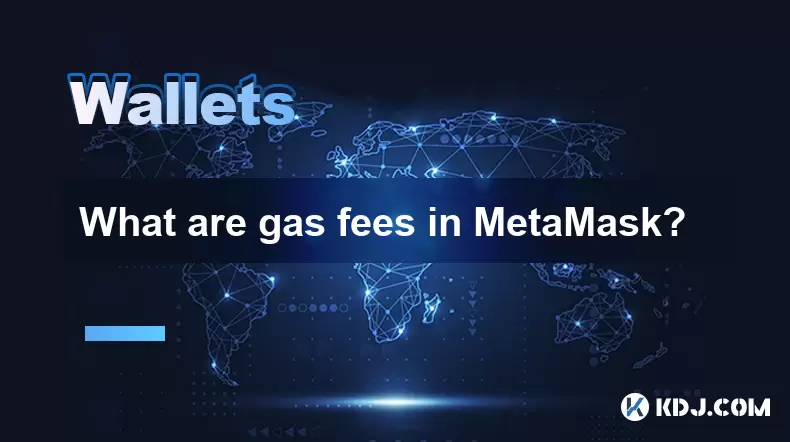
Understanding Gas Fees in MetaMask
When using MetaMask, users often encounter the term "gas fees". These fees are crucial to how transactions operate on the Ethereum blockchain. In simple terms, gas fees are the costs paid by users to execute transactions or smart contracts on the Ethereum network. MetaMask acts as a bridge between users and the Ethereum blockchain, requiring these fees for every interaction.
The concept of gas is unique to Ethereum and serves as an incentive mechanism for miners or validators who process and confirm transactions. Each operation on the network consumes a specific amount of computational power, and gas quantifies this consumption. The higher the complexity of the transaction—such as interacting with a decentralized application (dApp) or transferring tokens—the more gas it will require.
How Gas Fees Are Calculated
Gas fees in MetaMask are calculated based on two primary components: gas limit and gas price. The gas limit refers to the maximum amount of gas a user is willing to spend on a transaction. Meanwhile, the gas price is the amount of Ether (ETH) a user is willing to pay per unit of gas, usually measured in gwei (a smaller denomination of ETH).
For example:
- If a transaction requires 21,000 gas units
- And the gas price is set at 10 gwei
Then the total fee would be:
21,000 × 10 gwei = 0.00021 ETH
MetaMask provides recommended gas prices based on current network congestion. However, users can manually adjust both the gas price and gas limit if they wish to prioritize speed or cost-efficiency.
Why Gas Fees Fluctuate
One of the most confusing aspects of using MetaMask is the variability of gas fees. This fluctuation occurs due to the supply and demand dynamics of the Ethereum network. When many users are transacting simultaneously—like during an NFT drop or DeFi event—the network becomes congested. As a result, users must offer higher gas prices to incentivize miners to include their transactions in the next block.
Conversely, during low-traffic periods, gas fees tend to be significantly lower. MetaMask dynamically adjusts its suggested gas prices to reflect these conditions. Users can choose between slow, normal, or fast transaction speeds, which correspond to varying levels of gas pricing strategies.
Managing Gas Fees in MetaMask
MetaMask offers several tools for users to manage and optimize gas fees:
- Gas Price Slider: Allows manual adjustment of the gas price.
- Edit Gas Fee Option: Appears before confirming a transaction, giving users control over gas parameters.
- Transaction Speed Selection: Offers options like "Slow," "Normal," or "Fast" to match user preferences.
To edit gas fees manually:
- Open MetaMask and initiate a transaction
- Before signing, click "Edit" next to the gas fee section
- Adjust the gas price or gas limit as needed
- Confirm changes and proceed with the transaction
It's important to note that setting a gas limit too low may result in failed transactions, while setting it too high could lead to unnecessary costs. Understanding the appropriate gas limits for different types of transactions helps avoid errors and inefficiencies.
Common Mistakes and How to Avoid Them
Many users make mistakes when dealing with gas fees in MetaMask. One common error is not checking the gas price before sending a transaction, especially during peak times. Another mistake is underestimating the gas limit, leading to transaction failures and wasted ETH.
To avoid these pitfalls:
- Always review the gas fee summary before confirming
- Use the "Advanced" settings to customize gas parameters
- Monitor network activity through tools like Etherscan or GasNow
- Consider using layer-2 solutions like Arbitrum or Optimism, which reduce gas costs
By understanding and actively managing gas fees, users can significantly improve their experience with MetaMask and Ethereum-based applications.
Frequently Asked Questions
What happens if I don’t pay enough gas?
If the gas provided is insufficient, the transaction will fail and be reverted. However, the gas used up to that point will still be deducted from your wallet.
Can I get a refund for unused gas?
Yes. If you set a higher gas limit than required, the unused portion is refunded to your wallet after the transaction completes.
Why do some dApps charge higher gas fees?
Complex interactions with dApps, such as executing multiple smart contract functions, consume more gas. Therefore, they naturally incur higher fees.
Is there a way to predict gas fees accurately?
While exact prediction isn't possible due to dynamic network conditions, tools like Gas Tracker extensions or blockchain explorers provide real-time estimates to help plan transactions efficiently.
Disclaimer:info@kdj.com
The information provided is not trading advice. kdj.com does not assume any responsibility for any investments made based on the information provided in this article. Cryptocurrencies are highly volatile and it is highly recommended that you invest with caution after thorough research!
If you believe that the content used on this website infringes your copyright, please contact us immediately (info@kdj.com) and we will delete it promptly.
- Donald Trump, TRUMP Memecoin, and the Latest Move: A New York Perspective
- 2025-07-01 17:10:12
- Cardano, Solana, XRP: Navigating the Crypto Seas in Q3 2025
- 2025-07-01 16:30:12
- Bitcoin Holders and the Price Hold: What's the Deal?
- 2025-07-01 16:50:26
- ChatGPT, Crypto Trading, and a $100K Profit: AI's Edge in the Wild West
- 2025-07-01 16:30:12
- Mutuum Finance Presale vs. Dogecoin: A New Challenger Approaches?
- 2025-07-01 16:50:26
- Memecoins to Buy in July 2025: Riding the Hype Wave
- 2025-07-01 17:10:12
Related knowledge
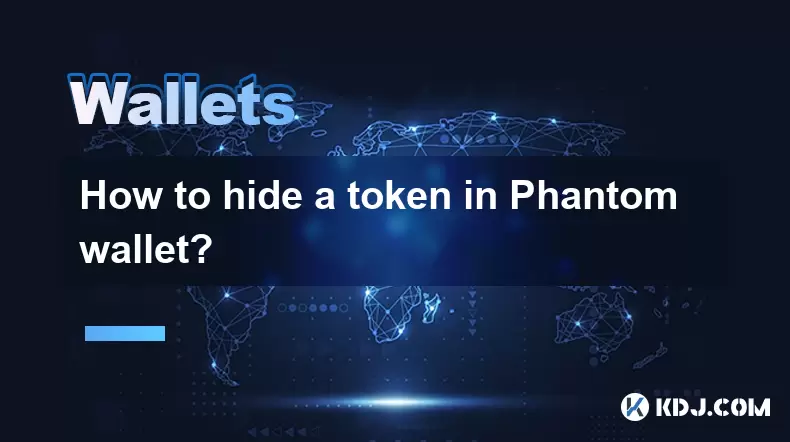
How to hide a token in Phantom wallet?
Jul 01,2025 at 05:49pm
Understanding the Phantom Wallet InterfacePhantom wallet is a popular non-custodial wallet used primarily for interacting with the Solana blockchain. It allows users to store, send, receive, and manage various tokens, including both fungible and non-fungible tokens (NFTs). Before attempting to hide a token, it's essential to understand how the wallet in...
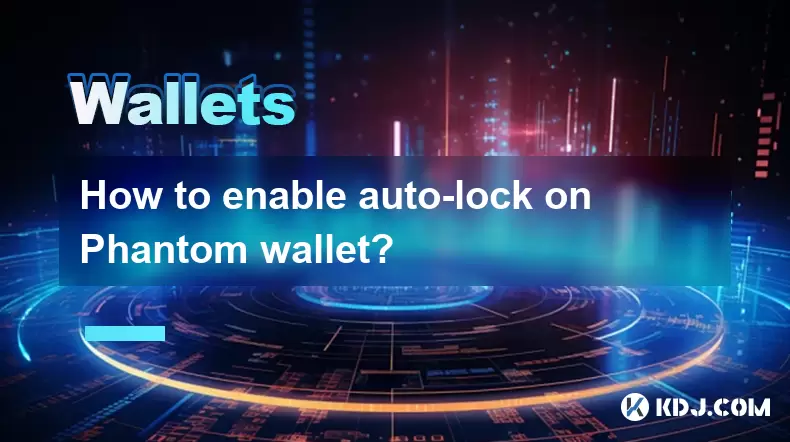
How to enable auto-lock on Phantom wallet?
Jul 01,2025 at 04:01pm
What is Auto-Lock in Phantom Wallet?Phantom wallet is a popular non-custodial cryptocurrency wallet used primarily for interacting with the Solana blockchain. One of its security features includes the ability to set an auto-lock timer, which ensures that the wallet locks itself automatically after a period of inactivity. Auto-lock enhances security by p...
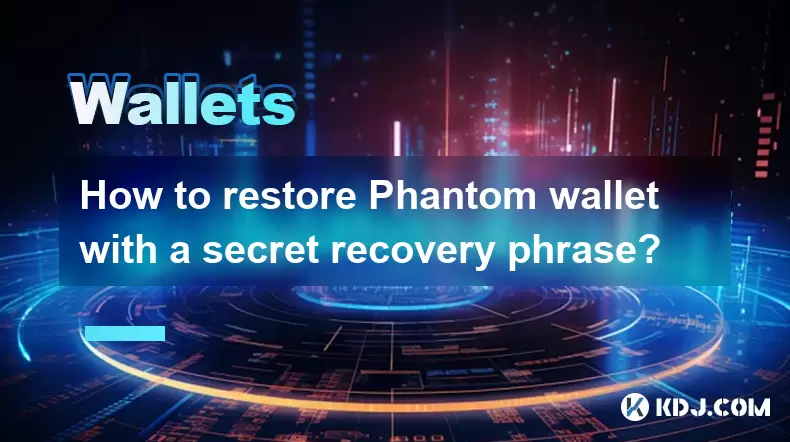
How to restore Phantom wallet with a secret recovery phrase?
Jul 01,2025 at 02:56pm
What is a Phantom wallet and why might you need to restore it?Phantom is a popular non-custodial cryptocurrency wallet primarily used for interacting with the Solana blockchain. It allows users to store, send, receive, and stake SOL tokens as well as manage NFTs and other SPL tokens. Since Phantom wallet is non-custodial, users are solely responsible fo...
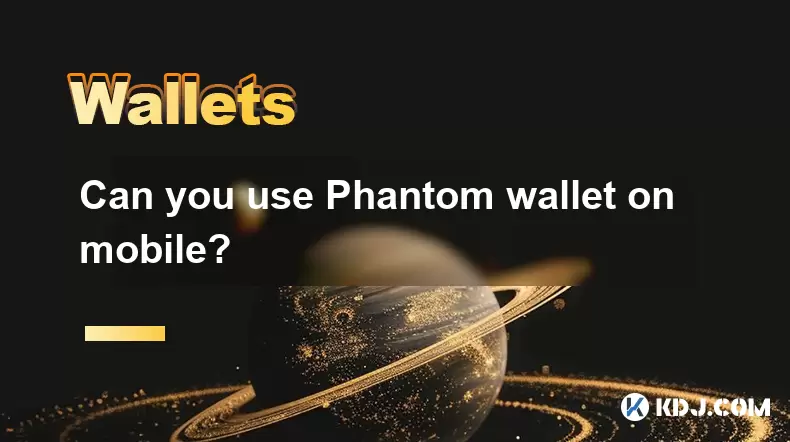
Can you use Phantom wallet on mobile?
Jul 01,2025 at 06:07pm
Understanding Phantom Wallet and Its Mobile CompatibilityPhantom wallet is a non-custodial cryptocurrency wallet primarily designed for interacting with the Solana blockchain. Initially developed as a browser extension, Phantom has expanded its functionality to include mobile platforms. This means users can access their Solana-based assets on mobile dev...
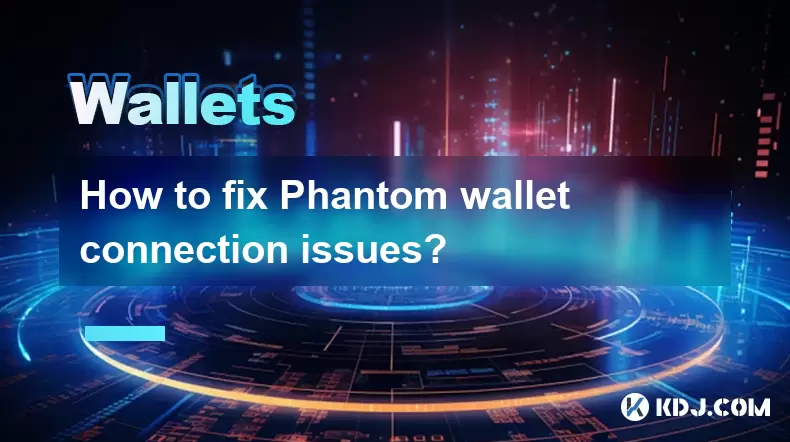
How to fix Phantom wallet connection issues?
Jul 01,2025 at 02:21pm
Understanding Phantom Wallet Connection IssuesPhantom wallet is one of the most popular non-custodial wallets for interacting with Solana-based decentralized applications (dApps). However, users occasionally face connection problems when trying to link their wallet to a dApp or platform. These issues can manifest as error messages, failed connection att...
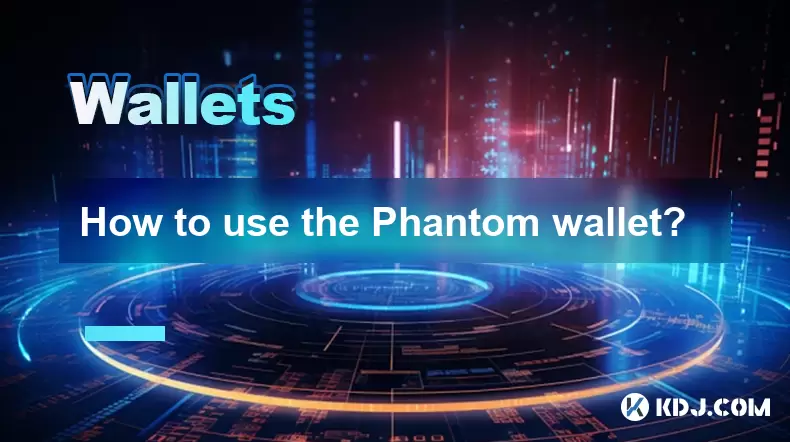
How to use the Phantom wallet?
Jul 01,2025 at 06:01pm
What is the Phantom Wallet and Why Use It?The Phantom wallet is a non-custodial cryptocurrency wallet specifically designed for interacting with the Solana blockchain. Unlike custodial wallets, where a third party holds your private keys, Phantom gives users full control over their assets. This ensures that users maintain ownership of their private keys...

How to hide a token in Phantom wallet?
Jul 01,2025 at 05:49pm
Understanding the Phantom Wallet InterfacePhantom wallet is a popular non-custodial wallet used primarily for interacting with the Solana blockchain. It allows users to store, send, receive, and manage various tokens, including both fungible and non-fungible tokens (NFTs). Before attempting to hide a token, it's essential to understand how the wallet in...

How to enable auto-lock on Phantom wallet?
Jul 01,2025 at 04:01pm
What is Auto-Lock in Phantom Wallet?Phantom wallet is a popular non-custodial cryptocurrency wallet used primarily for interacting with the Solana blockchain. One of its security features includes the ability to set an auto-lock timer, which ensures that the wallet locks itself automatically after a period of inactivity. Auto-lock enhances security by p...

How to restore Phantom wallet with a secret recovery phrase?
Jul 01,2025 at 02:56pm
What is a Phantom wallet and why might you need to restore it?Phantom is a popular non-custodial cryptocurrency wallet primarily used for interacting with the Solana blockchain. It allows users to store, send, receive, and stake SOL tokens as well as manage NFTs and other SPL tokens. Since Phantom wallet is non-custodial, users are solely responsible fo...

Can you use Phantom wallet on mobile?
Jul 01,2025 at 06:07pm
Understanding Phantom Wallet and Its Mobile CompatibilityPhantom wallet is a non-custodial cryptocurrency wallet primarily designed for interacting with the Solana blockchain. Initially developed as a browser extension, Phantom has expanded its functionality to include mobile platforms. This means users can access their Solana-based assets on mobile dev...

How to fix Phantom wallet connection issues?
Jul 01,2025 at 02:21pm
Understanding Phantom Wallet Connection IssuesPhantom wallet is one of the most popular non-custodial wallets for interacting with Solana-based decentralized applications (dApps). However, users occasionally face connection problems when trying to link their wallet to a dApp or platform. These issues can manifest as error messages, failed connection att...

How to use the Phantom wallet?
Jul 01,2025 at 06:01pm
What is the Phantom Wallet and Why Use It?The Phantom wallet is a non-custodial cryptocurrency wallet specifically designed for interacting with the Solana blockchain. Unlike custodial wallets, where a third party holds your private keys, Phantom gives users full control over their assets. This ensures that users maintain ownership of their private keys...
See all articles

























































































